Are you looking to add a little shade and shelter to your outdoor space? If you need shelter from the sun or rain, you should think about getting either a gazebo or a canopy. Could you please clarify the distinction between these two types of structures? The language of the output should be English.
Gazebos are freestanding structures that provide more protection from the elements than canopies, which are designed primarily for sun and rain protection. Gazebos offer more stability and durability than canopies since they have four sides with posts, rafters, beams, and sometimes even walls for extra support. Typically, canopies are made up of a piece of fabric that covers overhead and is supported by poles on each corner.
Whether you go with a gazebo or canopy will depend on your budget as well as how much protection from the weather you need.
What Is A Gazebo?
A gazebo is a stand-alone structure with four posts at each corner and a solid roof made of materials like wood or metal.
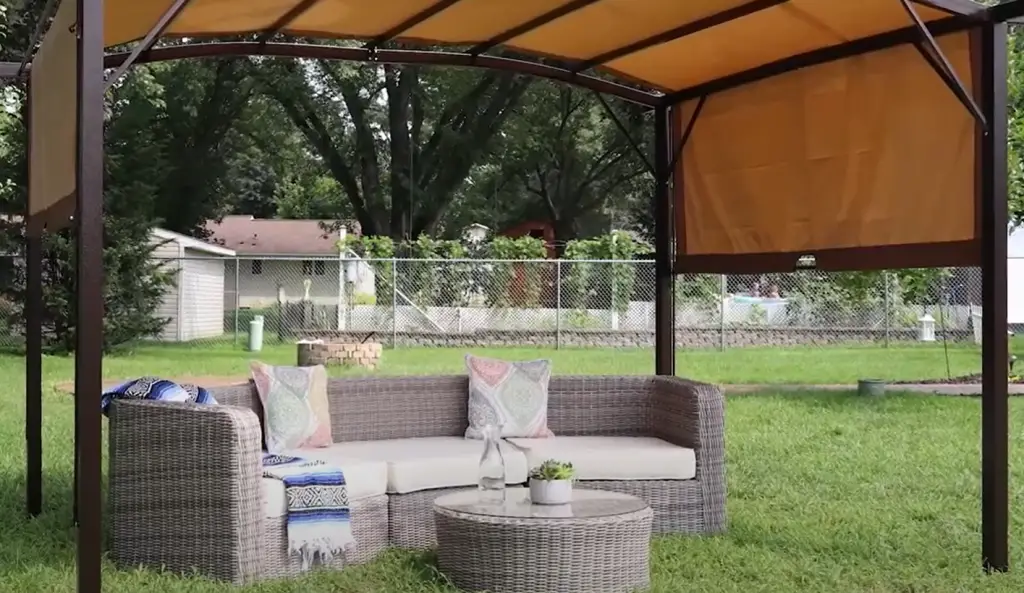
The walls are often made from lattice, and the roof can be topped with shingles for extra protection from water. Gazebos offer more stability than a canopy since they have sturdy walls and posts at each corner for extra support. They can also be used to create a sheltered space for entertaining guests or relaxing outdoors.
What Is The Purpose Of A Gazebo?
A gazebo is an outdoor structure used for shade and protection from the elements. It provides a sheltered, open-air space that can be used for leisure activities or entertaining guests.
They are frequently placed in gardens or other outdoor areas, and can be used to create a cozy nook for reading, entertaining, or simply enjoying the outdoors.Gazebo Benefits
Gazebos are a popular choice for garden structures, offering a cost-effective and attractive solution to provide shade and shelter in the outdoors. The main benefits of gazebos include:
- Easy to assemble – Gazebos can typically be assembled without much effort, and often come with clear instructions for easy self-assembly. This makes them a great option for anyone who doesn’t have the time, or money, to pay for professional installation.
- Weather resistant – Gazebos feature weather-resistant materials that are designed to withstand the elements and keep people comfortable in all kinds of weather conditions. They can also be outfitted with additional protection such as canopy covers for extra protection from rain, snow, and wind.
- Versatility – There are different types of gazebos available in various shapes and sizes to cater to diverse requirements. They can be used for outdoor dining, entertaining guests, or simply enjoying the outdoors in comfort.
- Affordable – Gazebos are generally more affordable than canopies, making them a great option for anyone on a budget. [1]
Canopy Disadvantages
One of the main disadvantages of a canopy is that it can be difficult to maintain. Since it typically doesn’t have any type of frame, the fabric will need to be pulled tight each time you put it up and taken down.
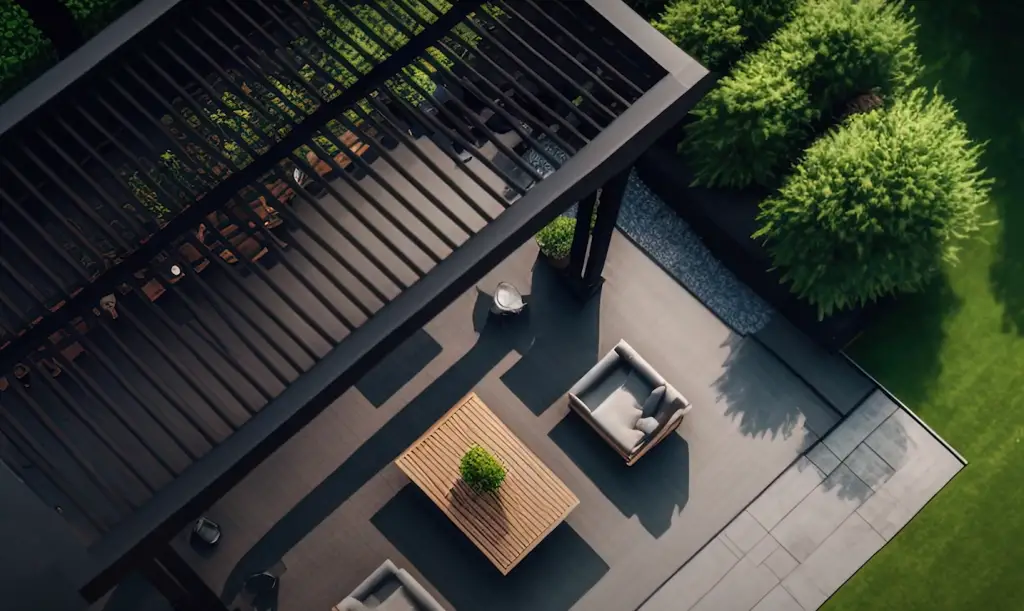
This can be quite tedious and time consuming if you plan on using your canopy often or for extended periods of time. Furthermore, canopies are less stable when it is windy compared to gazebos, and they offer minimal protection from the weather. Canopies also do not offer a great deal of privacy since they don’t usually have walls or sides that can be zipped up. They are also typically unable to support much weight so you may need to find other ways to hang decorations or lights. Lastly, they can be more difficult to move since their fabric must be removed each time they are relocated.
What Is A Canopy?
A canopy is a shelter that resembles a tent and provides protection from weather conditions. They are usually made with canvas or other fabric material and feature a frame that is supported by poles, beams, or columns. Canopies can be used for a variety of purposes including providing shade in gardens and outdoor spaces, covering outdoor seating areas, and even providing temporary shelter during special events or festivals.
Canopies are available in different sizes and styles and are usually simple to assemble and disassemble. These items offer protection from the sun, wind, rain, or snow and are easy to carry due to their lightweight.
What Is The Purpose Of A Canopy?
Canopies are freestanding structures that provide a shaded area outdoors. They can be used for relaxing on hot summer days, hosting outdoor events, or providing protection from the sun and rain. Canopies typically feature four metal poles to support a fabric roof. The canopy fabric is usually treated with UV protection and water-resistant properties. [2]
Canopy Benefits
The biggest benefit of a canopy is the fact that it provides shelter from rain, snow, and harsh sunlight. Canopies can be made of different materials like canvas, aluminum, and polyester that will protect you from the elements. Canopies also come in many sizes to meet your outdoor needs, whether you’re looking for something small enough to fit on a patio or large enough to cover an outdoor event. Canopies also offer great portability, so they can be taken down and moved as needed.
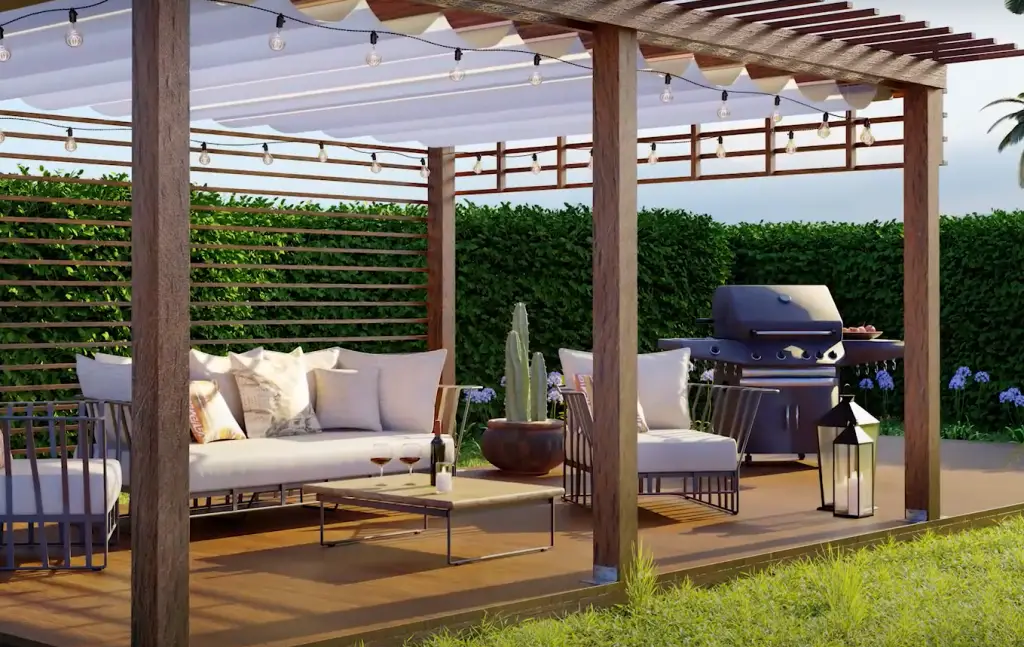
Another benefit of having a canopy is that it shields you from the wind, which can be beneficial during warm days when air circulation is important. Plus, some canopies even come with mesh side walls that offer great insect protection, making them a great option for activities like camping or outdoor parties.
Finally, some canopies are designed to have multiple levels so you can create different areas within the structure. This makes it easy to use the canopy for multiple purposes like hosting an outdoor dinner party and keeping food out of the elements.
Canopy Disadvantages
A canopy might not be a great choice for everyone because there are notable drawbacks. For one, canopies won’t last as long outdoors, especially if you live in a location with a lot of wind or inclement weather. Canopies provide limited protection from the sun or rain and only offer some shade and shelter. If you want to be able to enjoy the outdoors without having the elements hit you directly, a gazebo is likely a better choice.
Additionally, canopies are typically not as aesthetically pleasing as gazebos and they don’t provide much in terms of security from animals or pests that might enter your yard. People who want to use their outdoor space as an extension of their home may find them to be a suboptimal choice.
Finally, canopies are not as easily customizable as gazebos and they don’t offer many options for additional features such as benches or lighting. If you want your canopy to have any kind of extra features, you’ll likely have to purchase and install them yourself. [3]
What’s The Difference?
When deciding between a gazebo and a canopy, it’s important to consider the various elements that distinguish one from the other. The main difference between them is in their structure and how they are used.
A gazebo is an outdoor structure with a roof, sides, and often a base. It provides shade and shelter from sun and rain. Gazebos are free-standing or attached to a garden wall, patio, or deck. Usually, they feature an open lattice or slatted roof which offers both sunlight and air flow while keeping you safe from the elements.
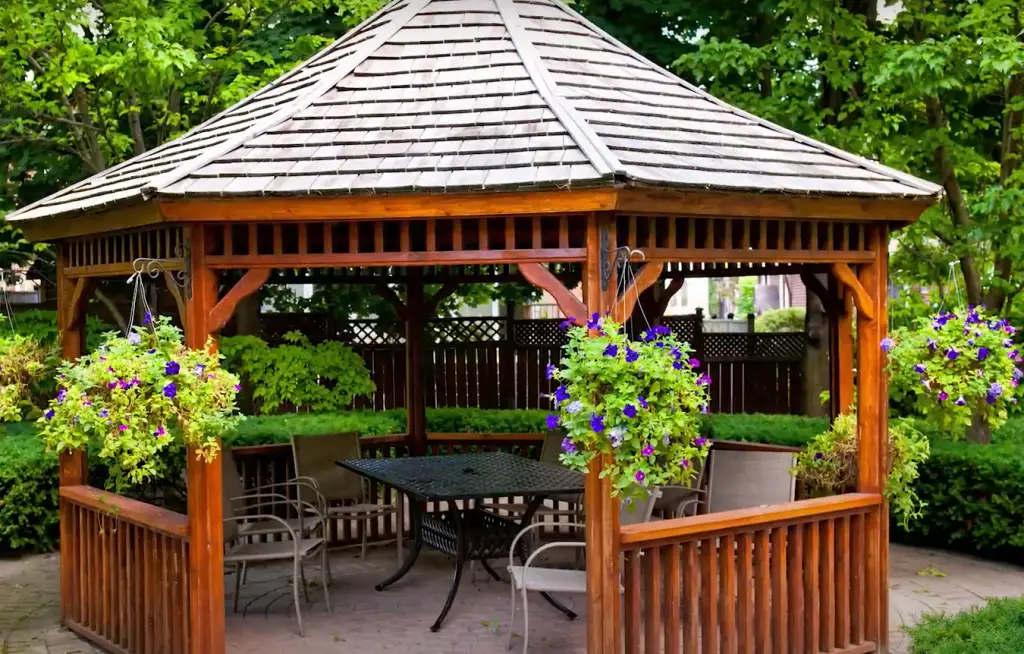
In contrast, a canopy is a type of shelter that is supported by poles installed into the ground. Canopies provide shade and shelter without the need for a foundation or base, making them more versatile than gazebos. They also tend to be lightweight and easily transportable, making them ideal for outdoor events such as weddings or festivals.
Gazebo Or Canopy: Which Outdoor Structure Is Right For Me?
When it comes to outdoor structures, two common options are gazebos and canopies. Both of these provide protection from the elements, but they also have significant differences in the way they’re constructed and what purpose they serve. So which one is right for you?
Gazebos typically feature a fully enclosed roof and four supporting walls. They are usually designed to be placed in the center of a garden or backyard, and they’re great for sheltering outdoor activities like dining, lounging and relaxing.
Canopies, on the other hand, are simple tents that are designed to provide shade and shelter from wind and rain. Canopies are ideal for outdoor events such as parties or weddings where people need protection from the elements but don’t necessarily need an entirely enclosed structure. Thanks to their lightweight construction materials, canopies can be set up quickly and taken down with ease. [4]
Which Should You Choose?
When it comes to selecting between a gazebo and canopy, there are several factors to consider. A gazebo is a structure that has a permanent open roof, while a canopy is a temporary shelter that can be easily set up and taken down.
The type of use you intend for the structure should help guide your decision.
Canopies can be chosen in different sizes and set up easily and quickly with minimal effort. On the other hand, if you are seeking semi-permanent protection from the elements such as sun or rain, then a gazebo would be a better choice. Gazebos typically provide more structural stability and protection than a canopy and can stay put for years, depending on the weather conditions.Build The Perfect Patio
Making the most of your outdoor space can be done in a number of ways, but two of the most popular options are gazebos and canopies. While they may look similar, there are some important differences between these two structures that you should consider when deciding which one is right for your patio or yard.
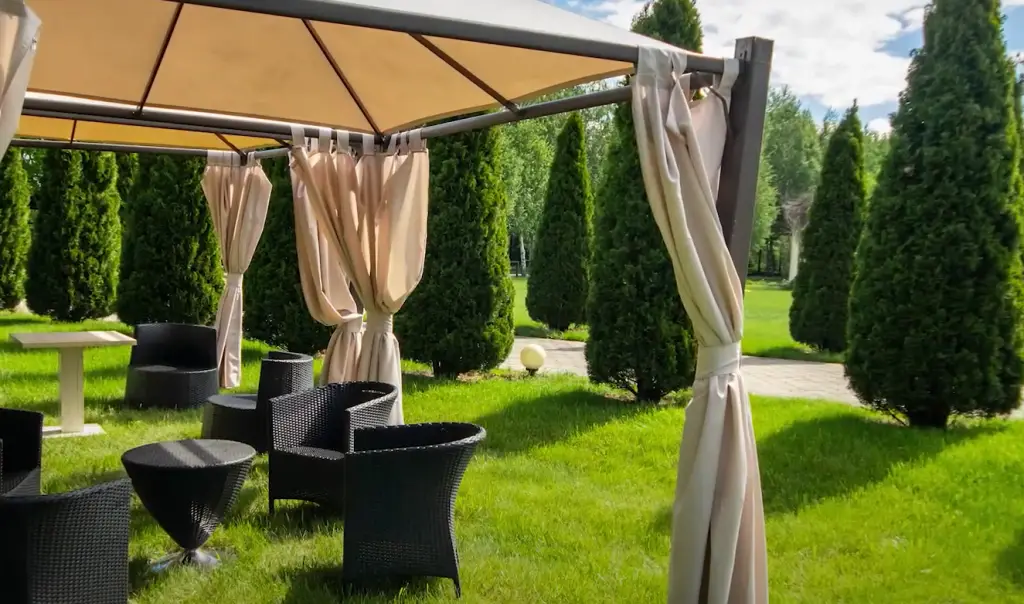
Freestanding structures known as gazebos usually feature a covered roof and open sides, and they are commonly constructed using either wood or metal. They’re designed to provide shelter and shade in an outdoor area, and can be adorned with benches, plants, furniture, and more. Gazebos are usually larger than canopies and require more construction work for installation.
Canopies, on the other hand, are much simpler structures made of fabric or plastic that are designed to provide protection from the elements without taking up a lot of space. Canopies are available in permanent and temporary types, and they can be easily and quickly assembled or disassembled with minimal effort. Canopies are frequently utilized for outdoor events and gatherings and provide shade for patios and other outdoor spaces. [5]
FAQ
Why is it called a gazebo?
Gazebo is a term derived from the Italian language, which translates literally to “little house.” Gazebos were originally designed for outdoor use and serve as an area of shelter from rain or sunshine. They are also often used as a gathering spot for larger groups and can provide protection from inclement weather conditions outside.
What is a gazebo with a roof called?
A gazebo with a roof is often referred to as a canopy. Canopies are useful for shielding against sun, rain, and wind while also offering the option to form a secluded outdoor area. They come in various designs and materials such as aluminum, wood, metal mesh, canvas, and vinyl. The most popular choice for a gazebo canopy is one that’s made of lightweight and easy-to-install materials like canvas or vinyl. Canopy covers are available in many colors and patterns so that you can match your existing decor or create an entirely new look for your outdoor area. Canopies also act as an instant shade solution when set up over an outdoor table or seating area— perfect for entertaining guests on hot summer days!
Why is it called a canopy?
The term “canopy” refers to the fact that this type of structure is often covered with fabric or other material, providing a shaded area below. A canopy can be freestanding or attached to an existing building, and it can also provide protection from rain. Canopies come in many shapes and sizes; they may be large enough to cover a patio or small enough for use as a window covering. Canopies are usually made out of light-weight materials like cloth, plastic, metal mesh, or even wood. They are designed to block the sun’s rays while still allowing air circulation so you can enjoy your outdoor space even on hot days. Canopies are easier to set up and take down than gazebos because they are not permanent structures.
What is considered a canopy?
A canopy is a type of shelter which has an open roof made of fabric, wood or metal. Typically, canopies are used as temporary outdoor structures to provide shade, protection from the elements, and can even serve as a venue for hosting a party. You can find canopies of various sizes and shapes at different places such as camping sites, beaches, parks, fairs, outdoor music festivals, and more. They are usually easy to assemble and transport.
What is an outside canopy called?
Outside canopies are commonly referred to as gazebos. Gazebos are standalone structures typically made of wood or metal and have an open roof and sides. They provide shade, protection from the elements, and a spot to unwind outside. Gazebos differ from canopies in that they are more solid structures with walls and a roof, while canopies are usually just temporary shelters with no sides or permanent foundation. Canopies serve the main purpose of offering protection from the sun or rain during outdoor activities like parties or picnics, despite having various shapes and sizes available.
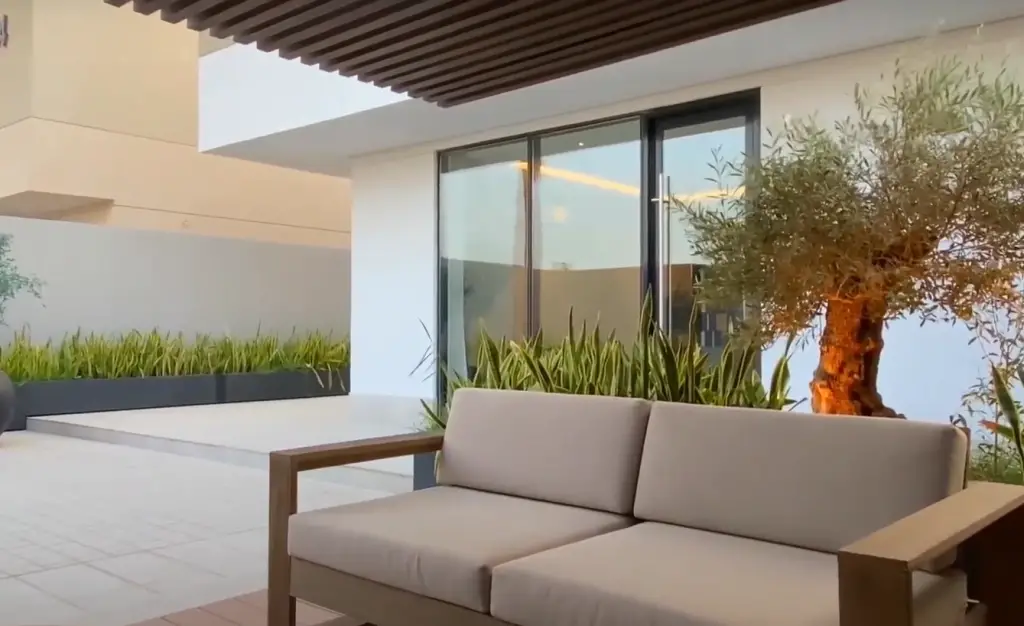
When choosing between a gazebo and a canopy, it is important to consider the type of protection and shelter you need. Gazebos provide more permanent shelter from the elements, while canopies are better for short-term use or activities like picnics or outdoor gatherings. If you’re looking for a structure that will last for years and provide a place to relax outdoors, then a gazebo is likely your best option. On the other hand, if you need something quick and temporary to protect from the sun or rain in order to enjoy an outdoor activity, then a canopy might be the way to go. Gazebos and canopies provide shade and protection from outdoor elements, ensuring comfortable outdoor experiences throughout the year.
What are the different types of canopy?
The two main types of canopy are gazebos and canopies. Both offer a way to provide shelter from the elements outdoors, but they differ in terms of construction and design. A gazebo usually has four posts and an arched roof, while a canopy is typically made of fabric that is stretched over a frame made of metal or wood. Gazebos can be found in permanent structures like those used as hot tub enclosures or public gardens, as well as stand-alone models that feature removable panels for easy storage when not in use. Solid construction provides better protection from the elements compared to other types of outdoor shelters. Canopies come in many different varieties and sizes, offering more flexibility in terms of portability and setup. The frames can be quickly assembled and the fabric panels are available in a variety of colors and patterns. Canopies offer less protection from the elements than gazebos but they are usually easier to transport and set up for temporary use.
What are gazebos called?
Gazebos are also known as pavilions, pergolas, and arbors. They come in a variety of shapes and sizes and can be made from many different materials such as wood, metal or canvas. Gazebos often feature intricate details like lattice walls and pointed roofs that add to their aesthetic appeal. Also, gazebos can be freestanding or attached to a wall. However, the most popular feature of gazebos is their ability to provide a shaded area for relaxation and enjoyment. Worth noting is that gazebos are generally open on all sides, so they don’t provide any protection from the elements.
What is a gazebo?
A gazebo is an outdoor structure that provides an open view of the surrounding area and protection from direct sunlight or rain. It usually has a roof, but some models are free-standing and do not have any kind of covering. Gazebos can be made from wood, metal frames, fabric, brick or stone. There are various styles and sizes available in a range from small to large. Common features of gazebos include benches for seating and ample floor space for activities such as entertaining guests or playing games like chess or cards.
What is gazebo in American English?
Gazebo is an outdoor structure made up of a roofed platform, usually open on all sides and often built in a garden or park. The term “gazebo” originated from the Persian word ‘gāzeb’ meaning ‘house of pleasure,’ which suggests that gazebos have long been used as places to relax and enjoy the outdoors. Gazebos are commonly seen in gardens, parks and backyards, but they can also be found at public pools, resorts, hotels and golf courses.
What’s another type of gazebo?
In addition to the traditional wooden gazebo, there is also a metal or aluminum gazebo. Metal and aluminum gazebos are much sturdier and more durable than their wooden counterparts. They can also be customized with various features like netting and curtains for added privacy and/or protection from the elements. However, they do tend to cost more than a wooden gazebo and may not have as many aesthetic options. Canopies, on the other hand, typically consist of lightweight fabric stretched over a frame made of either wood or metal. These can provide more shade than a gazebo due to their larger surface area but they will often need to be taken down in inclement weather. They also tend to be less expensive than a gazebo, making them a good option for those on a budget. Ultimately, the choice between a gazebo and canopy depends largely on personal preference and budget. While both have their advantages and disadvantages, they can both provide an attractive outdoor space for entertaining or relaxing in your backyard.
Useful Video:What is the Difference between a Canopy, Pergola and Gazebo?
Conclusion
When comparing gazebos and canopies, it is clear that they both provide a great way to protect your patio or garden from the elements. While a gazebo offers shade during the summer months and protection from wind, rain, and snow in the winter months; a canopy is a great option for an easy-to-assemble temporary structure that provides extra shade. Ultimately, the decision between which type of outdoor structure to choose depends on your individual needs and preferences. Whichever you choose will surely bring beauty and comfort to your outdoors!
References:
- https://patioline.ca/gazebo-vs-canopy-whats-the-difference/#:~:text=The%20main%20difference%20between%20a,is%20an%20entire%20freestanding%20design.
- https://gardenersyards.com/gazebo-vs-canopy-differences/
- https://gazebosolution.com/canopy-vs-gazebo/
- https://outdoorsittings.com/gazebo-vs-canopy/
- https://mastercanopies.com/canopy-vs-gazebo







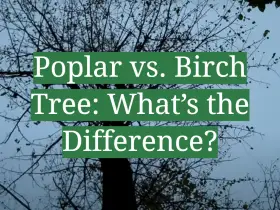

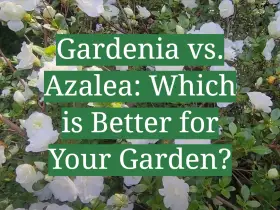
Leave a Reply
View Comments